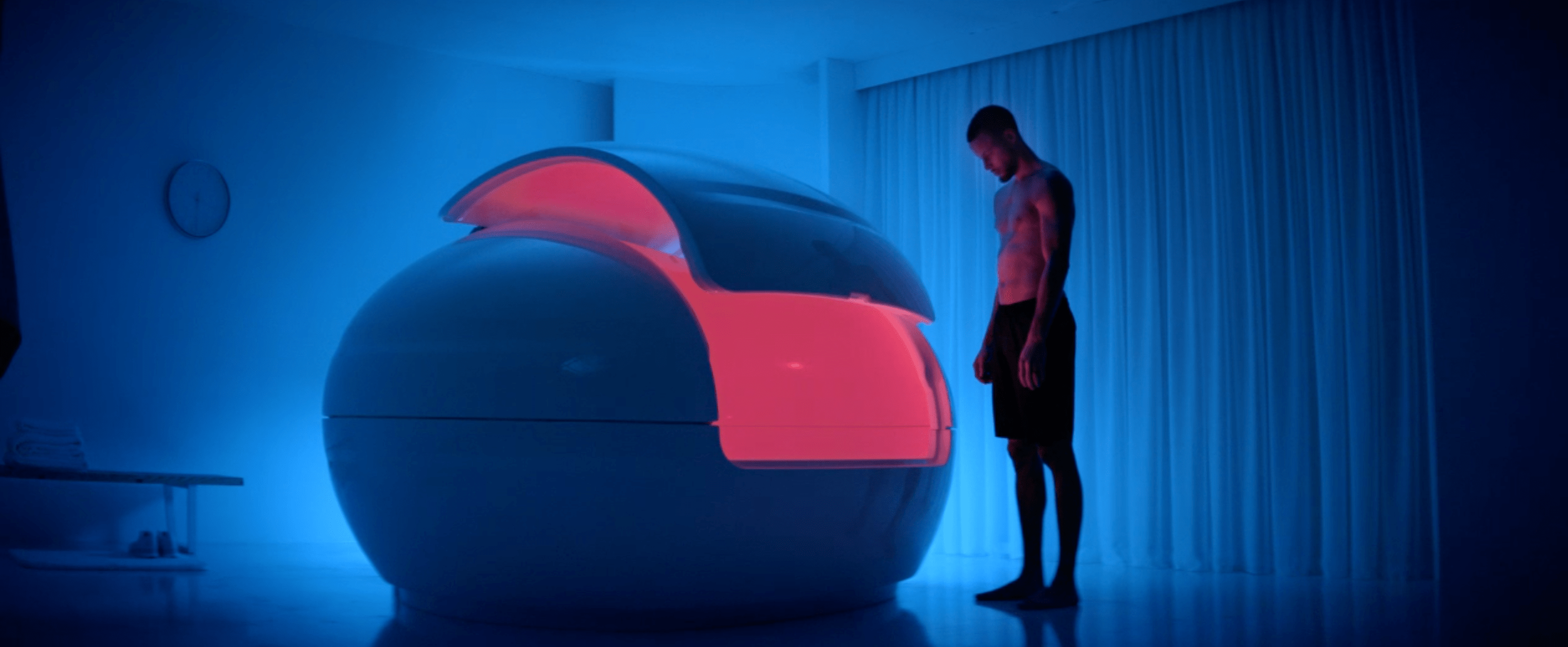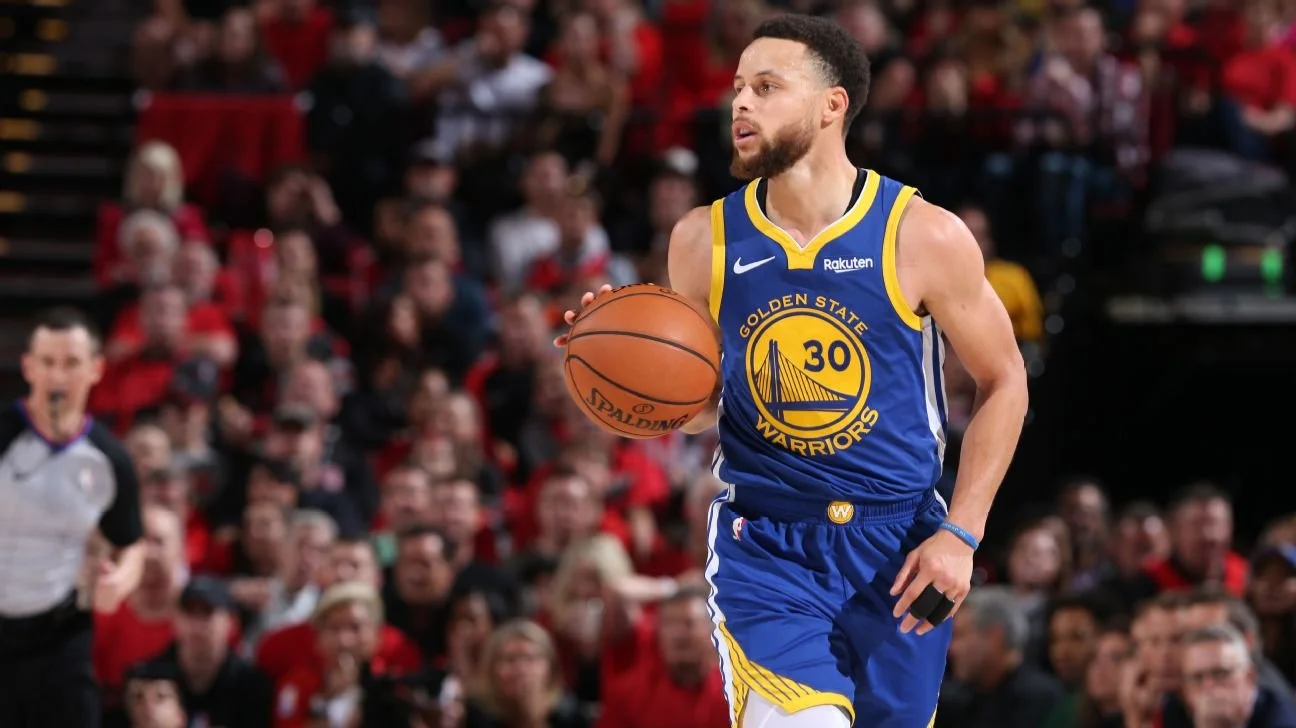The Secret to Record-Breaking may be in the Float Tank
Stephen Curry carries the record for most 3-point field goals made (3PM) in the NBA and attributes much of his success to his practice in float therapy. Along with elaborate dribbling drills, Curry is not afraid to experiment with innovative training technologies. In 2015, the Warrior’s new head of physical performance and sports science, Lachlan Penfold, suggested the implementation of floatation therapy for preparation, performance, and injury management.
In a 2017 interview with Business Insider, Curry says “there are a lot of different benefits to [floats]. Obviously, with the Epsom salt and magnesium that are in those tanks, they help with recovery and relaxing your muscles.”
Research in sports medicine evaluates exercise performance, therapeutic conditioning, and how the human body heals on a cellular level. It is found that baths of Epsom salt help with soreness, muscle pain, and inflammation. Curry has tweaked his rehabilitation regime to maximize its benefits within his busy schedule. This is a practice that he also dedicates to his mind. He goes on to share that “the sensory deprivation aspect of it is one of the only places you can really get unplugged from all the noise and distractions that go on with daily life. So, we spend about an hour, hour and a half in the pods, probably once every two weeks or so.”
Curry explains his method while floating in a 2018 interview with ESPN. “When I first get in, I see where my mind goes. There might be a decision I might need to make in my life or something like that and then I just process.”
Throughout his career, Curry has suffered from severe sprains and two surgeries on his right ankle. He has overcome this adversity with rehab programs, physical therapy, and game strategy by honing in on his long throw skills, scoring points where he is least likely to be tripped by other players. He often shoots from several feet behind the 3-point line and even holds the record for most half-court shots made. Posture is also important, his shooting style aligns the lower body mechanics of his ankles, knees, and hips to compress and fire at the same time, generating momentum in his upper body and stabilizing his ankle. This demonstrates that his practice is more than repetitiveness, it’s his mental capabilities to trust his recovery training.
Being a mainstream sports figure in modern society can be overwhelming as well. He attends to peers, press, and fans in many aspects beyond the court. By giving himself this tool to center himself, he can balance and compartmentalize his mind as an athlete and influential personality.
As the 2021-2022 season closes in on a final, Steph’s stats surpass competitors by a long-shot. the next active player is behind by over 500 3PM. Steph is not only fighting to win, he is soaring to record heights. In a 2017 VSport TV video interview, Steph Curry shares that “you can get away from all the noise, light, and just be by yourself in your own thoughts. It’s pretty cool, I obviously recommend everybody try it at least once just to see what it’s like and how it might help them.”
Steph Curry and other elite performers are turning to float tanks to help them become the best versions of themselves. What do you think it can do for you?


